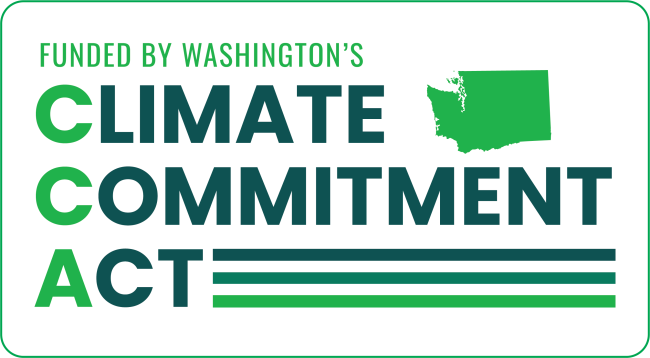Safe Routes to School Program
The purpose of the Safe Routes to Schools Program (SRTS) is to improve safety and mobility for children by enabling and encouraging them to walk and bicycle to school. Funding from this program is for projects within two-miles of primary, middle and high schools (K-12).
Since 2005, the program has awarded $197.68 million for 316 projects from over $714 million in requests.
Call for projects - Closed
Applications were due June 7, 2024.
Additional updates about the program will be posted on the WSDOT Walk and Roll E-news. Sign up for emails
Active Transportation Programs Design Guide
Active Transportation Programs Design Guide (PDF 18MB) - Is for local agencies and tribal governments preparing Safe Routes to School Program applications. It provides details for treatments that the program will favor for funding. As it is for safety programs, the guide emphasizes treatments intended to provide safer conditions for people who walk, bike, and roll, also known as pedestrians and bicyclists.
Legislative reports
Prioritized project lists and program updates.
2025-2027 Report to the Legislature (PDF 6.61MB)
2023-2025 SRTS/PBP Report to the Legislature (PDF 2.16MB)
2021 SRTS/PBP Status Report and Recommendations for Change (PDR 910KB)
2021-2023 Report to the Legislature (PDF 847KB)
2019-2021 Report to the Legislature (PDF 960KB)
Funding sources
The Safe Routes to School Program is supported with funding from Washington’s Climate Commitment Act. The CCA supports Washington’s climate action efforts by putting cap-and-invest dollars to work reducing climate pollution, creating jobs and improving public health. Information about the CCA is available at www.climate.wa.gov. The SRTS program is also supported by the multimodal transportation account-state appropriation and the motor vehicle account – federal appropriation, which is part of the Infrastructure Investment and Jobs Act.

Slow down on ice and snow.
It's easier to skid or lose control traveling at higher speeds. Give yourself more time to stop.
Carry chains, practice installing them.
Winter conditions could mean chains are required on your route. Practice putting them on your vehicle ahead of time.
Pack your winter car kit.
Carry extra supplies like warm clothing, ice scraper and brush, jumper cables and other emergency items.
